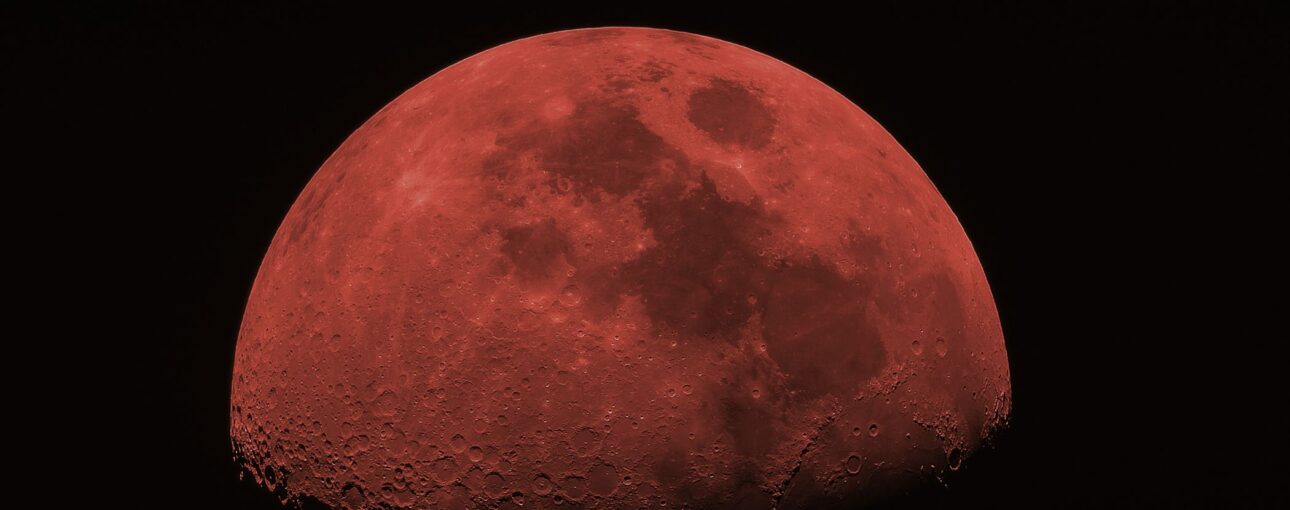Stargazers will have a chance to see a “Blood Moon” on Sunday night during a total lunar eclipse visible across Asia and swathes of Europe and Africa. When the Sun, Earth and Moon line up, the shadow cast by the planet on its satellite makes it appear an eerie, deep red color that has astounded humans for millennia.
People in Asia, including India and China, will be best placed to see Sunday’s total eclipse, which will also be visible on the eastern edge of Africa as well as in western Australia.
Stargazers in East Africa will get a brief chance to see a partial eclipse just as the Moon rises during the early evening, between 7.30 PM to 9.30 PM, EAT.
The Moon appears red during lunar eclipses because the only sunlight reaching it is reflected and scattered through the Earth’s atmosphere. Blue wavelengths of light are shorter than red ones, so are more easily dispersed as they travel through Earth’s atmosphere.
That’s what gives the moon its red, bloody color.
The Best Time To Watch – Kenya
The eclipse will begin in the evening, as the moon starts to slide into Earth’s shadow. The most dramatic part, the total eclipse phase, will last just over an hour, with the peak around 19:11 (exact times may shift slightly depending on where you are). That’s when the moon will glow a deep, burnt red, creating the famous “blood moon” effect.
The eclipse will be visible nationwide, so whether you’re in Nairobi, Mombasa, Kisumu or a small rural town, you’ll get to see the show.
To make the most of it:
- Head somewhere dark: City lights can wash out the view. Find an open field, a quiet park, or even your backyard if it has minimal streetlight glare.
- Look to the east: The moon will rise and gradually darken as it moves deeper into Earth’s shadow.
- Check the weather: Clear skies are essential. Cloud cover could block the view entirely.
- Unlike solar eclipses, lunar eclipses are completely safe to view with the naked eye. You don’t need protective glasses. For a sharper look, use binoculars or a telescope; you’ll be able to see details on the moon’s surface as it shifts from bright white to deep red.
This isn’t just any eclipse!
It’s the longest total lunar eclipse since 2022, and astronomers say the moon will take on one of the deepest, richest shades of red seen in years. These vivid “blood moons” are relatively rare, making 7 September a night worth marking on your calendar.
Join our WhatsApp Group. Send a WhatsApp Message to +254 799 666

